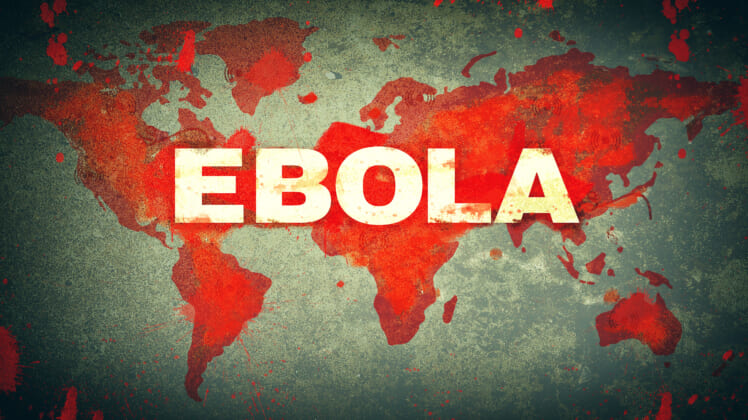
The risk of Ebola is heightening again in West Africa as the Dominican Republic of Congo fights its most recent outbreak.
To date, West African countries tend to take the brunt of the Ebola disease. The Congo received its first outbreak in 1976, which was also the first recorded outbreak in history. Sudan received a simultaneous outbreak that year too.
In 2018, Ebola has taken a slower approach so far. Congo authorities realized the likelihood of an outbreak when 17 people died of hemorrhagic fever, reports Bloomberg.
The Congo’s Health Ministry then tested 5 others, with 2 cases confirming Ebola. Due to the Congo’s history, Health Ministry professionals have arrived on site to find the disease’s starting point and contain it.
In an updated report, Bloomberg stated that the outbreak’s remote location could help authorities contain the disease.
In addition, Congo authorities have quickly responded to the threat. They are allowing the World Health Organization to administer a new Ebola vaccine for protective measures.
For now, the main concern is keeping the disease from spreading through the Congo River, says Bloomberg. The river connects several West African urban areas and would pose a huge concern if the disease reached a main city.
According to the World Health Organization, the average rate of fatality for Ebola is about 50 percent. This rate is largely due to Ebola’s dangerous complications and lack of treatment available.
As a prevention measure, WHO has formulated a protective vaccine that has shown good success in an outbreak in Guinea. However, more research needs to confirm the vaccine’s abilities.
What Makes Ebola Dangerous?
People in countries further from West Africa aren’t as familiar with Ebola. So far, only a handful of cases have occurred in the United States, but travelers do pose a risk in bringing the disease to their countries too.
According to Johns Hopkins Medicine, Ebola is dangerous because it affects how the blood clots. It can lead to internal bleeding which can quickly turn life-threatening. Ebola can also cause tissue damage and inflammation in the body.
Another problem with Ebola is how easily it spreads. WHO states that the virus is first transmitted through animal to human contact.
Any contact with bodily fluids such as the blood or saliva of an infected animal can spread the disease. Infected animals include monkeys, gorillas, fruit bats, antelope or porcupines.
Once the virus has spread to humans, it continues its transmission through bodily fluids. Even the bedding or clothing of an infected person should be handled carefully, says WHO.
Then, healthcare workers have the challenge of finding each Ebola diagnosis. Ebola can be difficult to distinguish from malaria or typhoid fever, and patients with any hemorrhagic fever must be monitored and tested closely.
People with the disease will usually experience sudden symptoms. Those include fever, muscle aches, sore throat, headache, vomiting and diarrhea. Often, medical tests uncover liver damage and low white blood cell counts.
It’s no secret that Ebola is a dangerous virus, especially in West African countries where it often occurs. Thankfully, the US and many countries haven’t had much exposure to it. Let’s keep it that way by staying updated on the risks during international travel.
